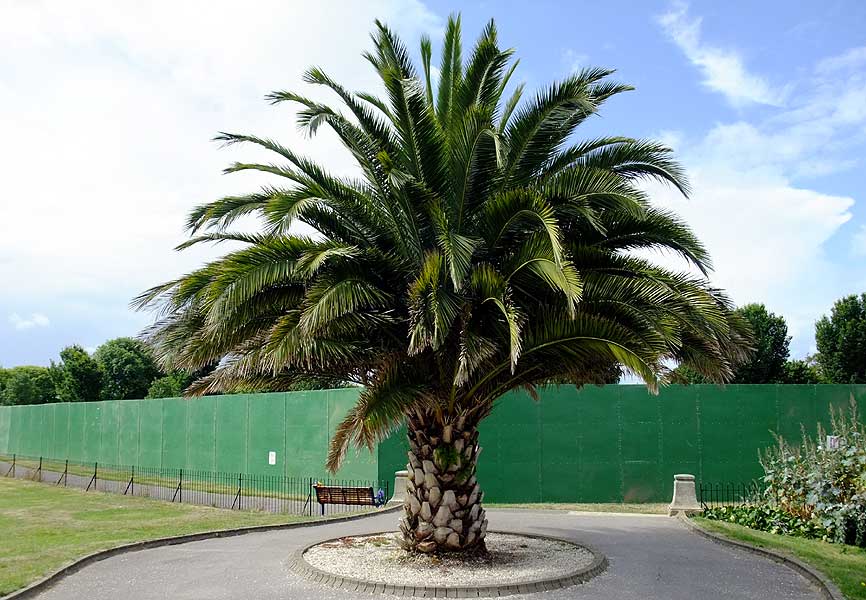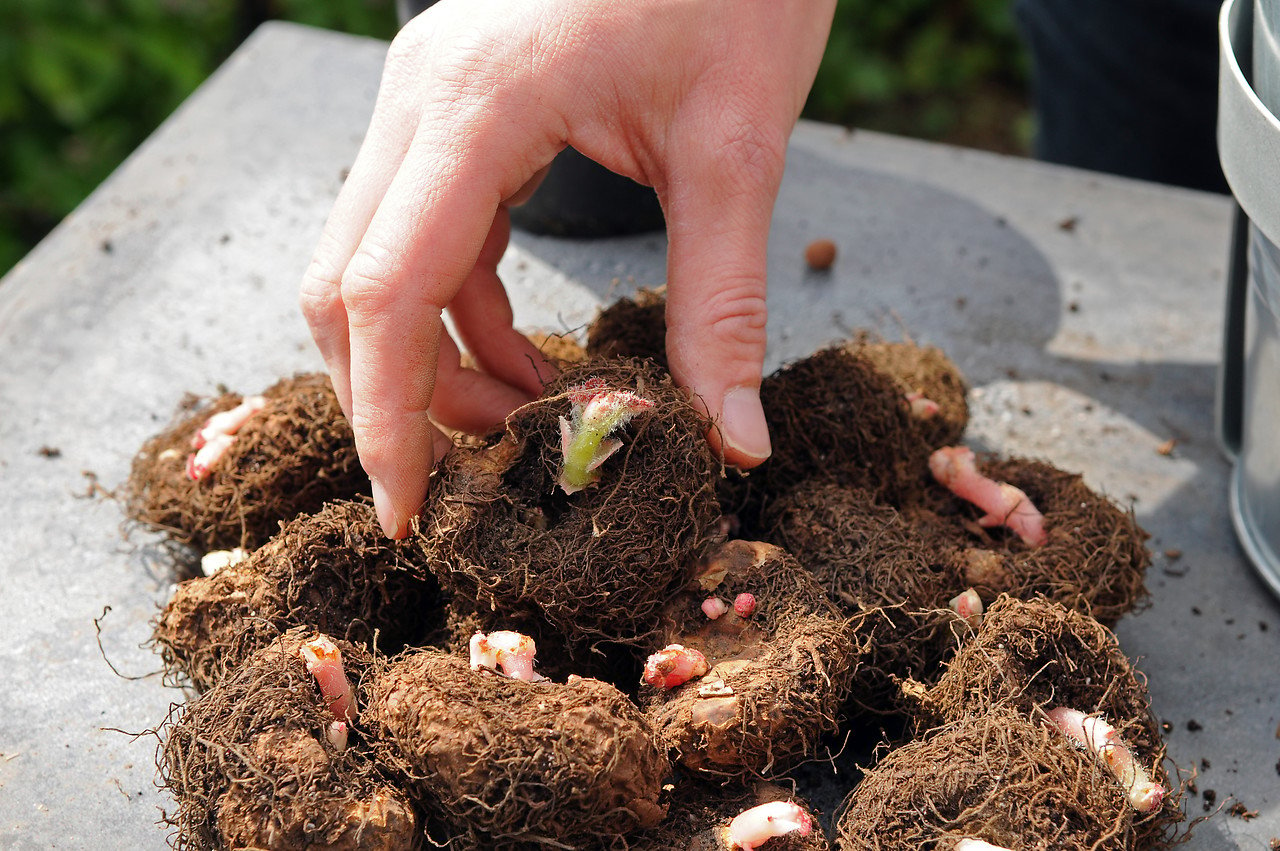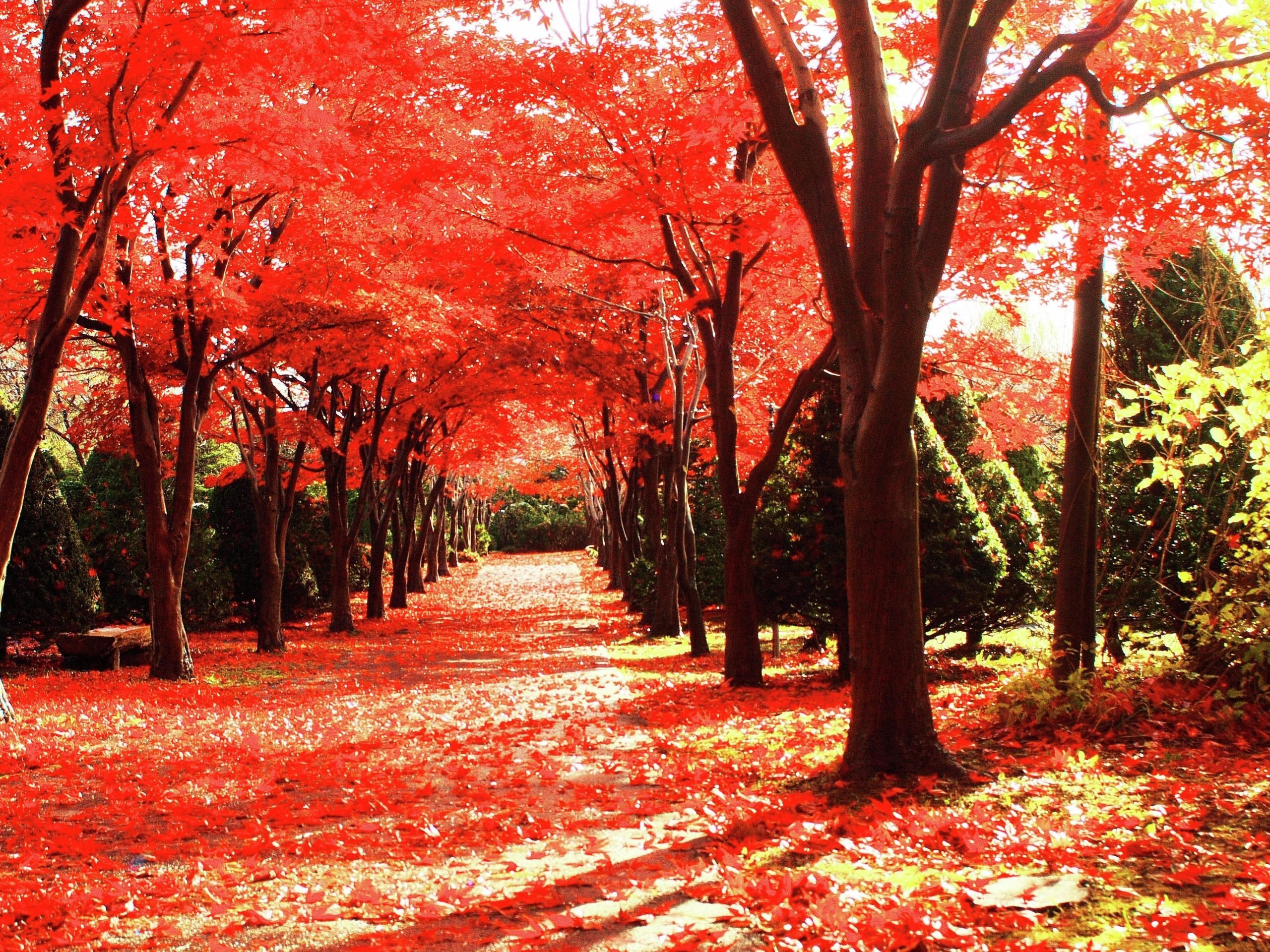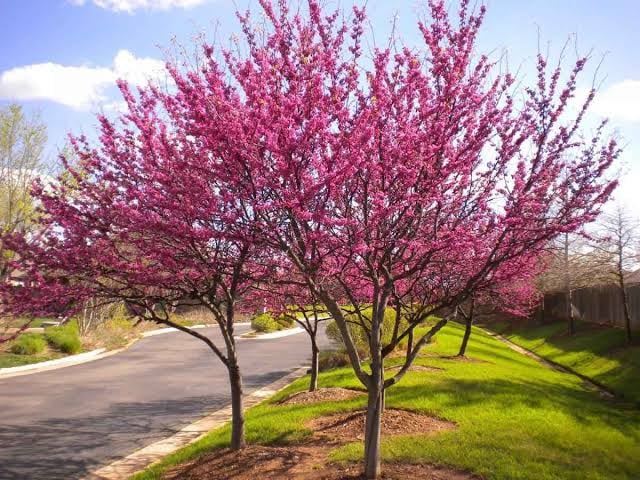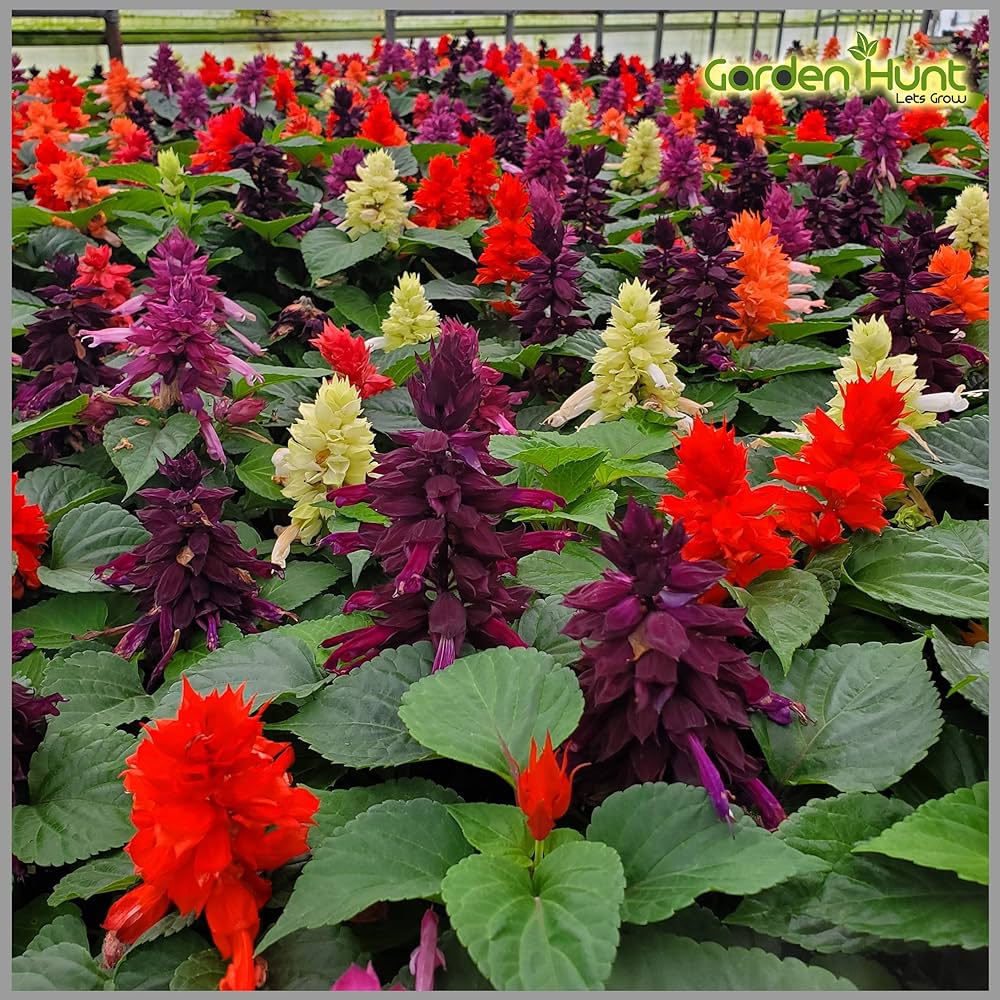How Many Years Do Begonia Tubers Last?
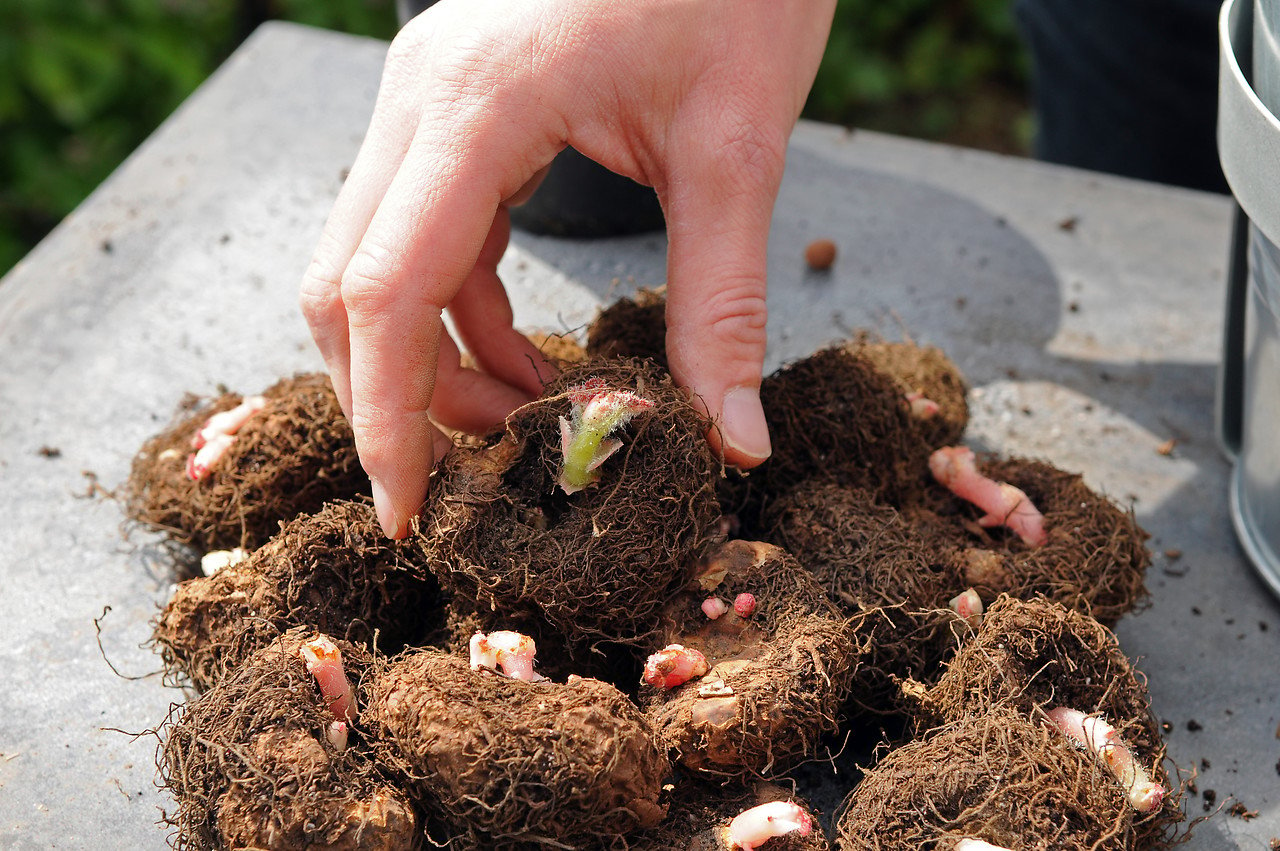
Table of Contents
Begonia tubers are like little plant storage units that help beautiful begonia flowers grow. But, like everything else, they don’t last forever. If you’ve ever thought about how long begonia tubers can be kept. Think of begonia tubers as the seeds for your begonia plant. They’re small, hidden underground structures that grow those lively blossoms.
We’ll tell you how long begonia tubers can stick around and be ready to bloom when the time is perfect. Whether you’re an experienced gardener or just getting started, knowing how long begonia tubers last is crucial to keeping your garden full of life. So, we will know about these amazing underground gems.
We’ll explain how to care for them, extend their lifespan, and ensure your begonias bring joy and beauty to your garden for years to come.
What is Begonia Tubers?
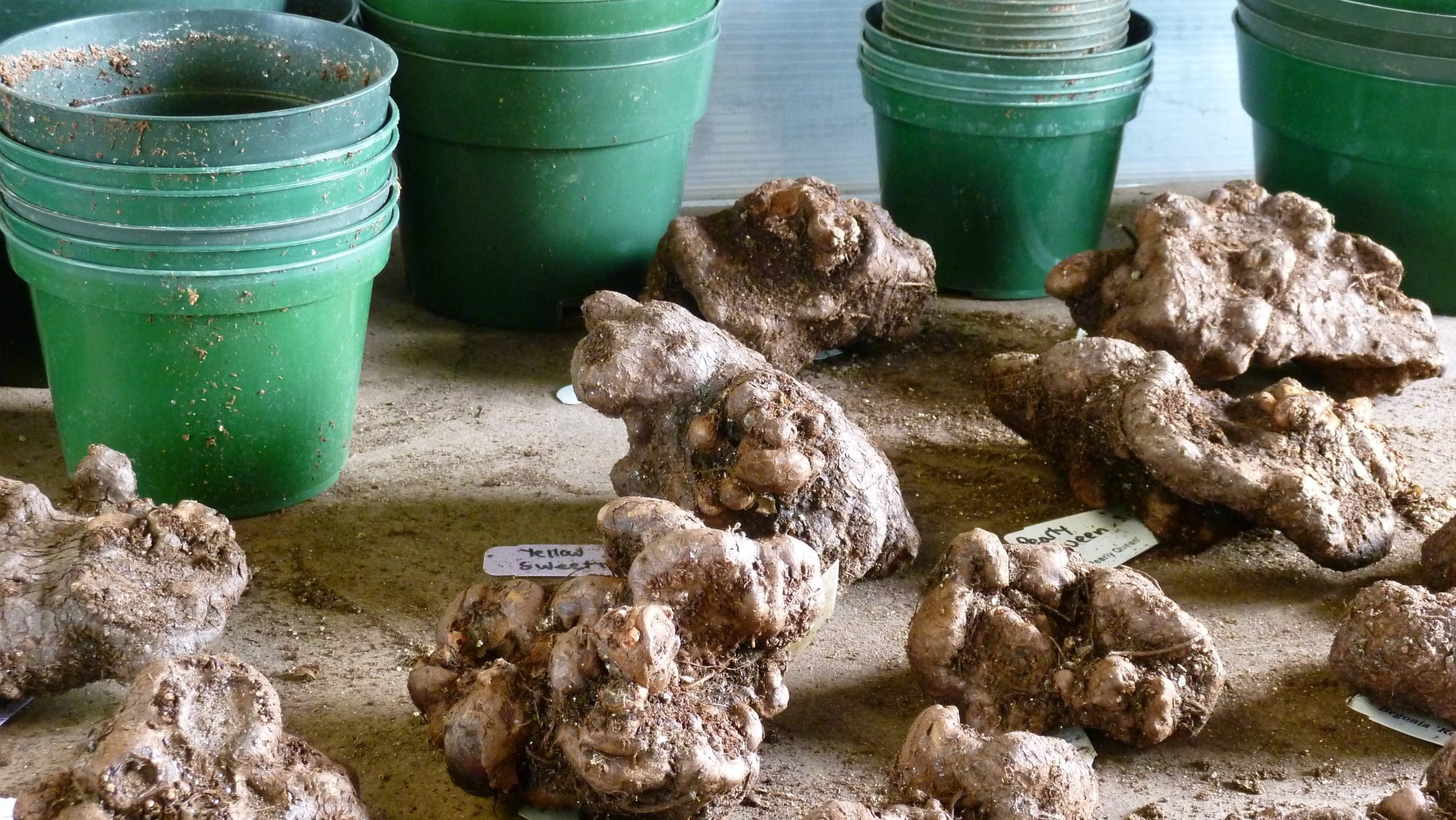
Begonia tubers are like secret storage units underground. They’re called bulbs, but not the same as tulips or daffodils. These tubers are special parts that save food and nutrients for the begonia plant.
They look like small, round, or oval potatoes and can be different sizes, from tiny to several inches wide. You can also count how many begonia tubers in a hanging basket. For begonias, these tubers are super important because they keep the plant fed when things aren’t going well.
What is Begonia Tuber Lifespan?
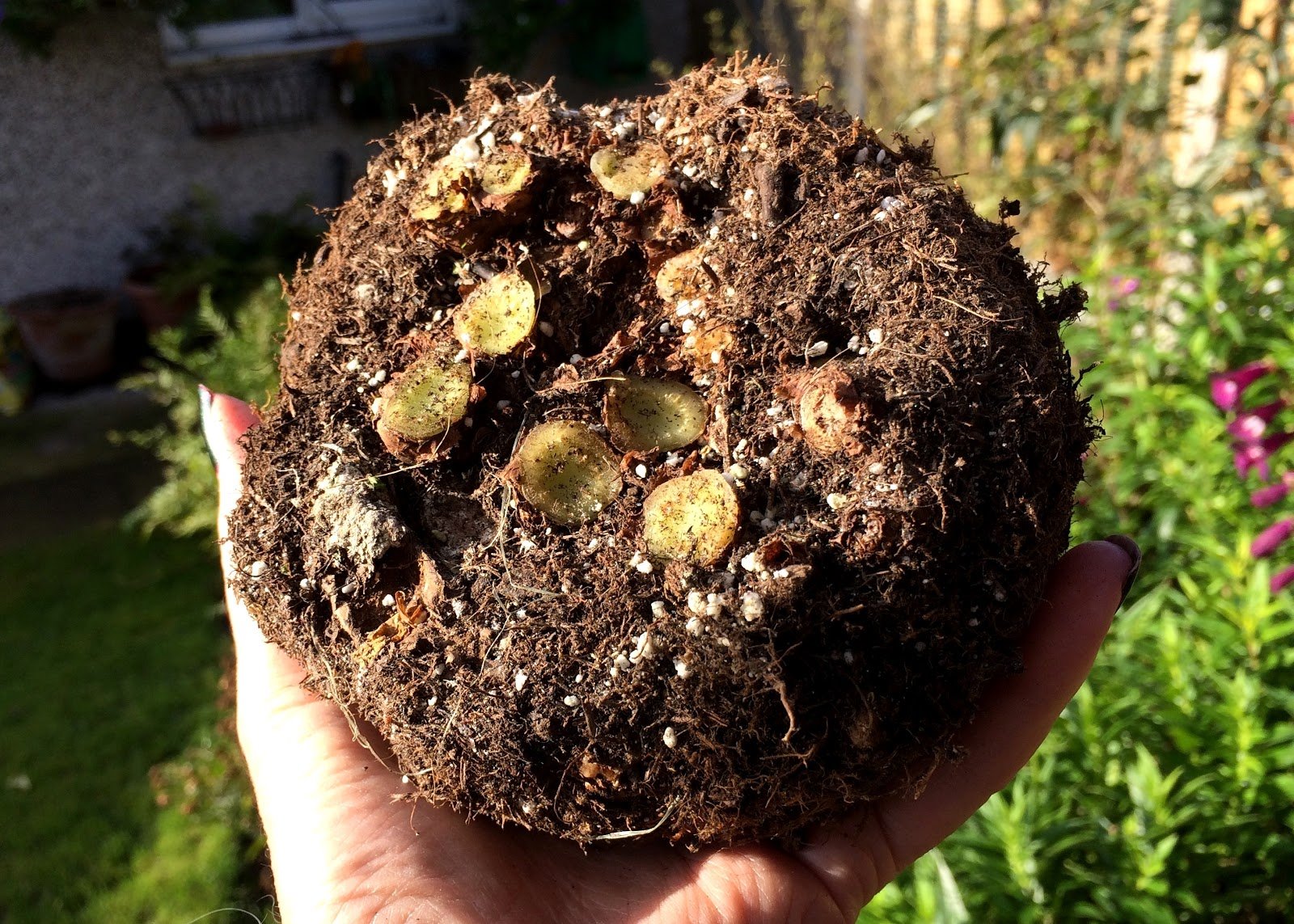
The time begonia tubers stay alive can change based on a few things like the type of begonia, how well you take care of them, and where they grow. Normally, begonia tubers can survive for about one to five years. But if you look after them well and they have the right conditions, some tubers can live even longer.
Begonias Lifespan Outdoors and Indoors
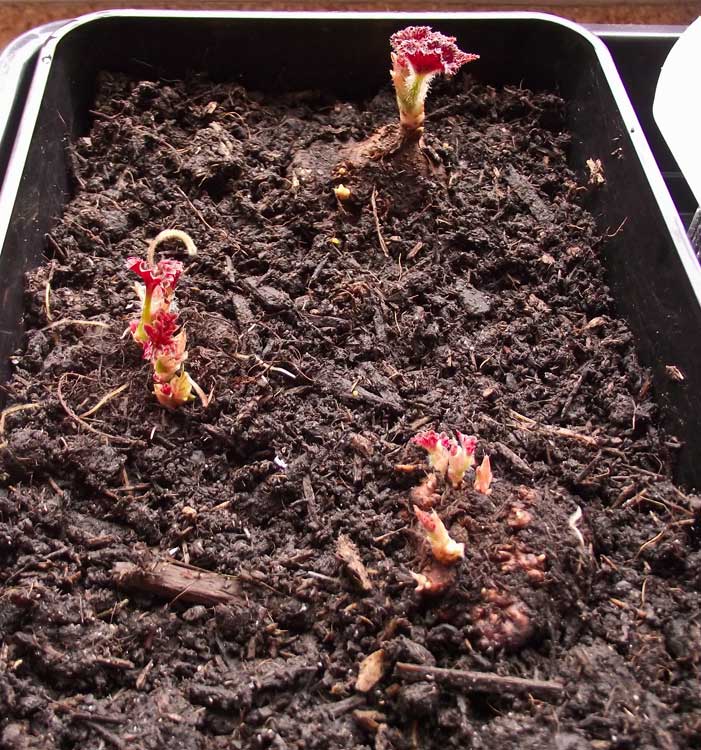
1. Outdoors
Begonia tubers don’t live as long when they grow outside because they face different weather challenges. In places where winters are very cold, they might not survive when it gets freezing, so it’s important to dig them up before it gets really cold. To keep them alive during their resting period, you need to store them properly. If you care for them, they can live outside for two to three years. But some kinds of begonia, like Begonia grandis, are tougher and can survive for many years if you keep them safe from really cold weather.
2. Indoors
Indoor begonias tend to live longer than those grown outside. If you keep them in a place with balanced temperatures and some humidity and shield them from tough weather, they can grow indoors for three to five years. Begonias are great for indoor gardening and can make your home look lovely. If you take good care of them, you can enjoy their colorful flowers and bright leaves all year, making your indoor garden really pretty and welcoming.
Factors Affecting the Lifespan of Begonia
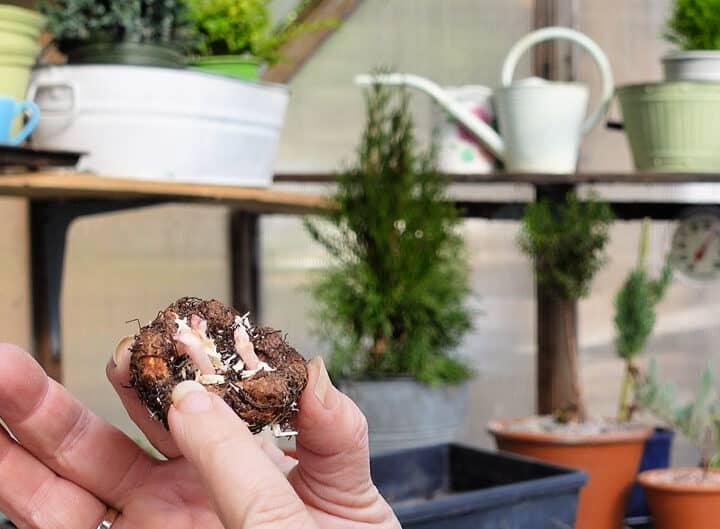
1. Growing Conditions
The place where you plant your Begonias is super important. These plants like soil that lets water drain away easily and has lots of organic stuff in it. They do best when they get some shade, and really hot or really cold weather can make them live for a shorter time.
2. Watering Routine
Giving Begonia tubers too much or too little water can harm them. They prefer soil that’s always a bit damp but not soaking wet. It’s important to find the perfect watering balance to keep them healthy for a long time.
3. Pest and Disease Management
Begonias can easily get bugs called aphids and a disease called powdery mildew. If you check them often and treat these problems quickly, you can make your begonias live longer.
4. Fertilization
Using a balanced fertilizer during the growing season can provide the necessary nutrients for the right growth and a longer lifespan.
Signs of a Dying Begoniac
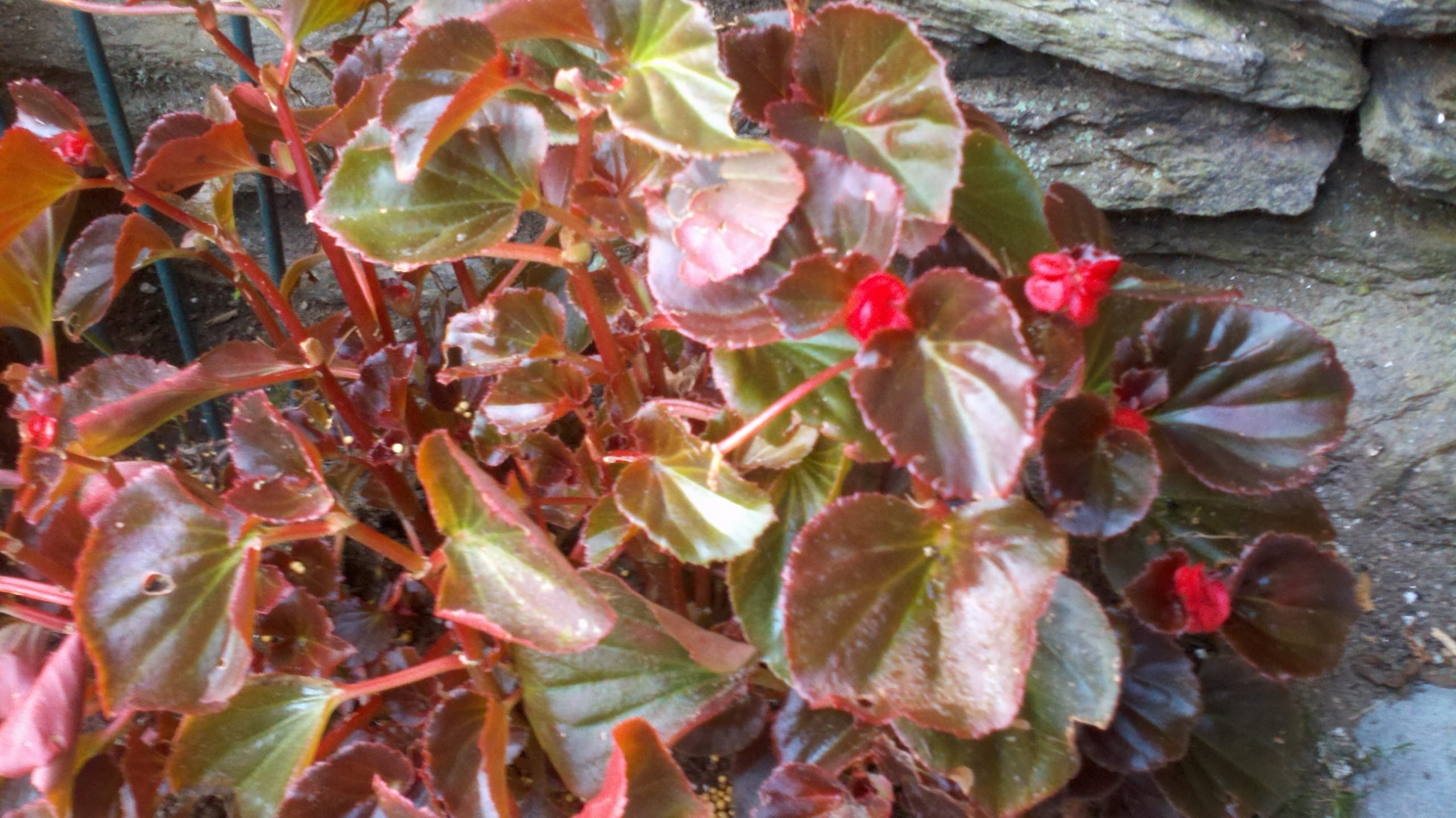
1. Brittle Stems
If your begonia’s stems feel stiff and easily break, it means something’s wrong. Healthy begonias have bendy and strong stems. Brittle stems mean your plant is having difficulty holding onto water and nutrients. This could happen because you’re either giving it too much water or too little water, or the soil it’s in isn’t great. To help your begonia bounce back, change how you water it and think about putting it in new, good-draining soil.
2. Yellowing Leaves
Yellowing leaves are a common sign of distress in begonias. It shows that the plant is not getting the proper nutrients it needs. This could be due to nutrient deficiencies or root problems. Check the soil’s pH level and consider using a balanced fertilizer to replenish essential nutrients. Additionally, inspect the roots for signs of rot or overcrowding. Trim unhealthy roots and repot your begonia if necessary.
3. Lack of Flowering
Begonias are loved for their pretty flowers, but it’s sad when they don’t bloom. This can happen if they don’t get enough light or if you give them too much plant food. To make your begonia bloom, put it in a spot with lots of filtered sunlight, and don’t give it too much plant food, or it will grow too many leaves and not enough flowers.
Conclusion
Begonia tubers can last a long time with proper care, similar to storing potatoes in a cool, dry place. To help them grow, dig them up when it gets cold in the fall, keep them away from frost, and replant them in the spring. If they ever seem weak or sick.
You can nurse them back to health by providing good soil, water, and some sunlight. Think of it as giving them a little pep talk. Begonia tubers can be long-lasting partners that stick around for years. Just provide them with the right environment.
Enjoy the beautiful Begonia blooms year after year!

